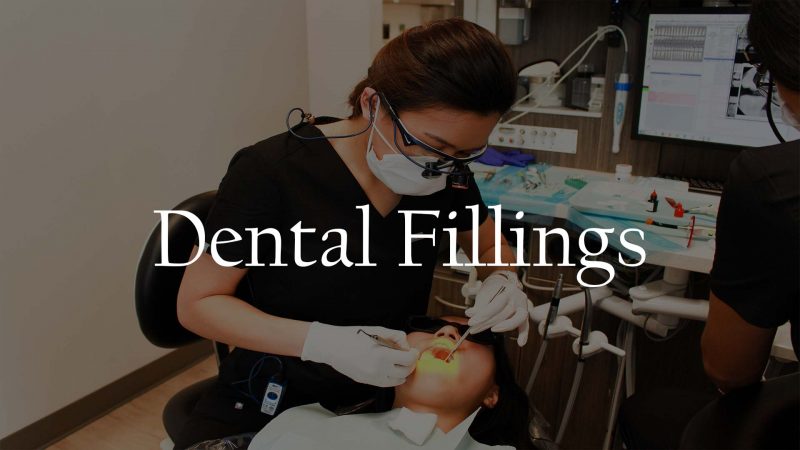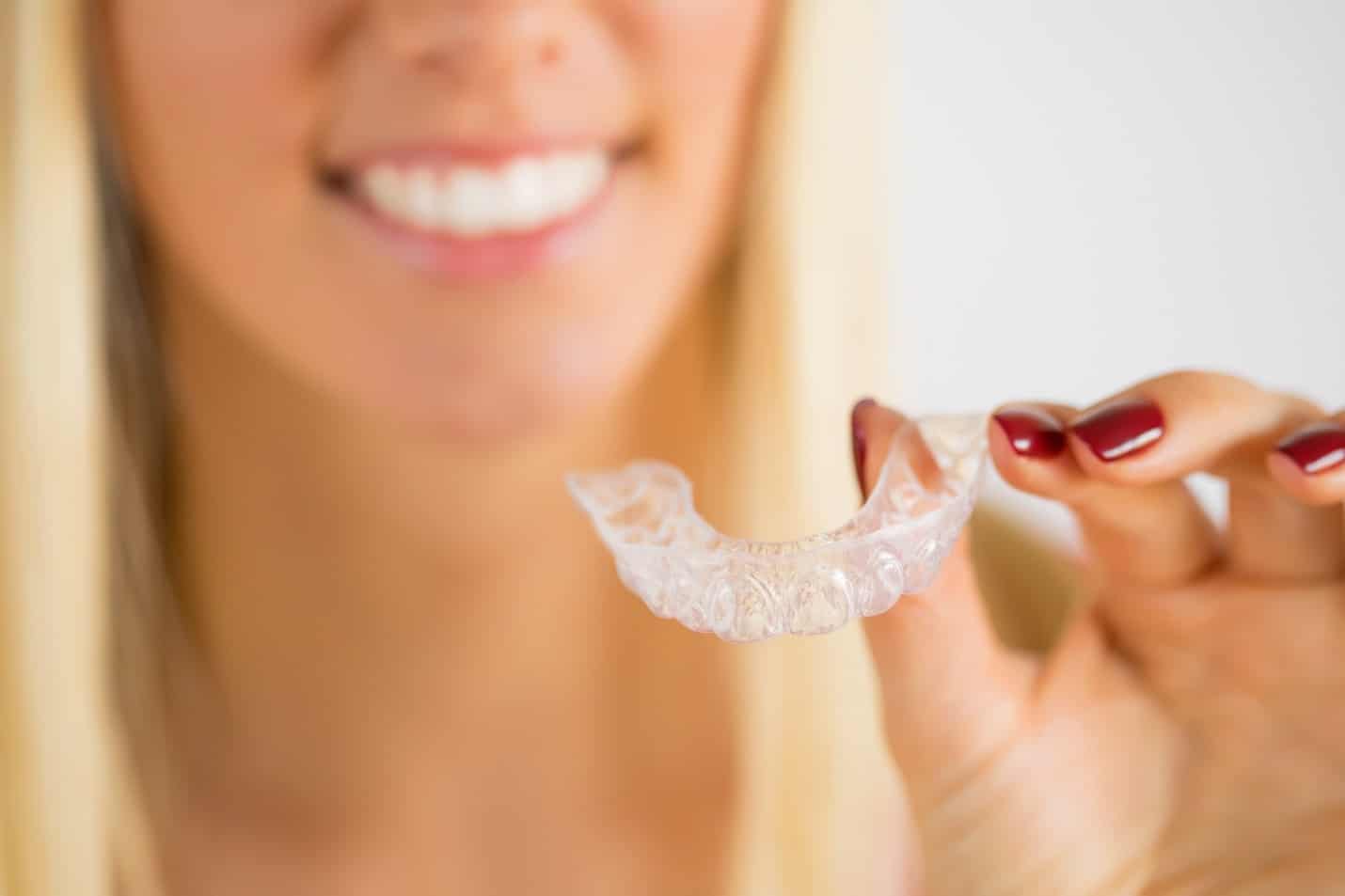Dental fillings are one- or two-part structures made of metals, polymers, glass, or other substances used to restore or fix teeth. Fillers are usually used to convert sections of teeth that have been disregarded by your Dentist due to decay or to “fill” cavities.
Additionally, fillings restore teeth injured by usage, such as nail-biting or grinding, and teeth cracked, shattered, or chipped. If you are not accessible on the weekdays, the dental office open on saturday, also you can visit on weekends.
Dental fillings assist in preventing the progression of any tooth decay and enhance general oral health. Furthermore, fillings prevent decay from spreading to the same area of a damaged tooth.
Causes of dental feeling
Recent fillings that fall out are likely the result of lousy cavity preparation, contamination of the practice before restoration placement, or a fracture of the repair from bite or chewing trauma.
Some benefits of dental filling
- Tooth-colored composite filling: When compared to amalgams, shade can be accurately compared to the color of existing teeth. In addition to being regularly used for repairs other than cavity filling, it connects to the tooth and adds stability.
- A specific type of glass material: Fluoride is released for fillings mainly below the gum line and can help prevent additional tooth decay.
- Gold: According to some, gold looks great and lasts for at least 10 to 15 years.
Disadvantages of dental filling
Silver: The surrounding tooth structure takes on a grayish tint, which increases the danger of tooth cracks and fractures. Additionally, because of the broader degree of expansion and contraction, there is a chance that some individuals will develop an allergy.
A tooth-colored composite filling can cost up to twice as much as an amalgam filling, take longer to install, need more visits, and last at least five years. Depending on where it is, the tooth can also chip off.
Glass ionomer: Costs about the same as composite fillings, lasts five years or less, is more helpless than composite resin, and is easier to wear and fracture.
What’s the temporary dental filling, and why would I need one?
Fillings that are intended to be temporary are precisely that—temporary. They usually stop working, break, or fall out within a month. Remember to maintain your appointment to get your temporary dental filling changed with a permanent one.
Your tooth could become infected or have other issues if you don’t.
Learn more about emergency dental care and walk-in Emergency dentists open on weekends near me.
- Suppose your filling requires more than one appointment before placing gold fillings, for instance, or indirect fillings made of composite materials.
- Following root canal
Conclusion
Tooth sensitivity behind a filling that has been placed is relatively standard. It’s possible that air, pressure, cold, sweet food, or air can irritate your teeth. The sensitivity typically goes away on its own within a few weeks. Avoid the sensitivity’s source till then. Usually, you are not required to take anesthetics.
If the sensitivity continues after two to four weeks or if your tooth is sensitive, make a meeting with your Dentist Houston.
Congrats! You’ve Finished This Blog.




